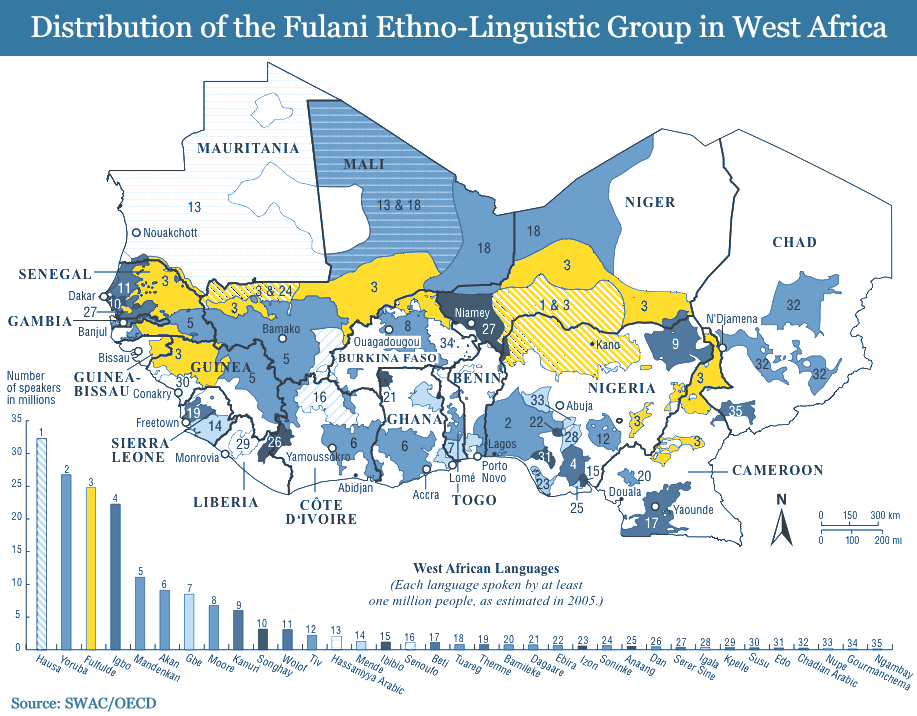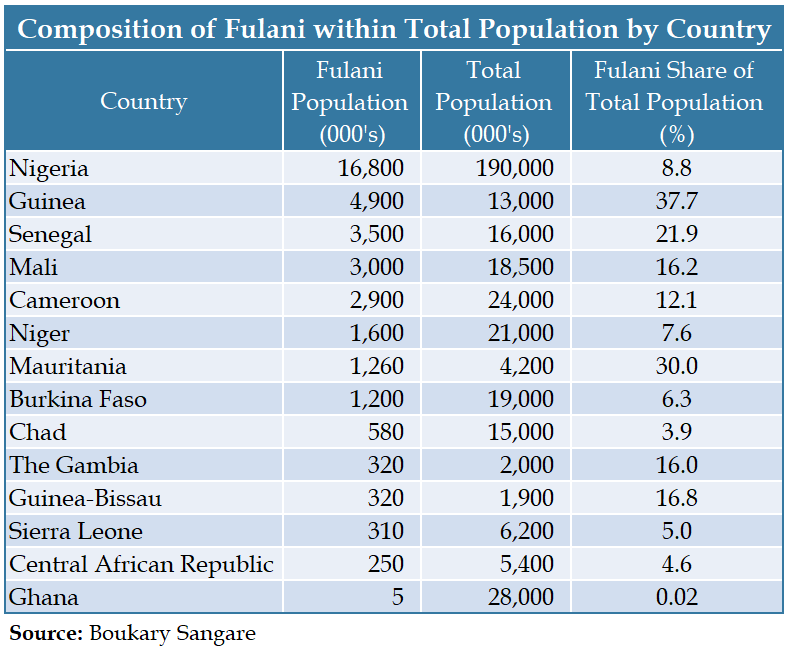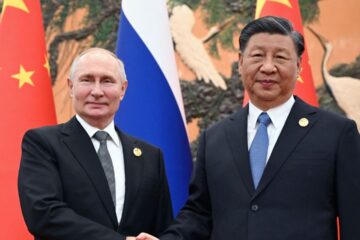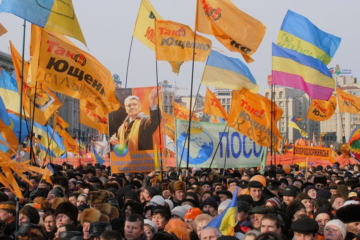Jihadism in MALI, the FULA case
This article is based on Sahel : dynamiques communautaires et “question peule” written in French by Jonathan Guiffard in November 2022.
What you want to understand… 🤔
- Who are the Fula?
- Why did Fula people get close to jihadist groups?
- Why is the ethno-religious lens inadequate to fully grasp the stakes of the security situation in the Sahel?
- How has Mali’s poor governance worsened tensions between its various communities?
Terrorist groups in the Sahel region are mainly made up of Arabs and Tuaregs from Mali and Niger. It is particularly the case for al-Qaeda affiliates. However, after 2012 and the spread of jihadism in Mali and its neighbouring countries, terrorist groups tried to recruit Fula, Songhai and Bambara people. Nevertheless, we should bear in mind that these groups’ leaders remained Arabs from Algeria and the Western Sahara.
Let’s analyse the case of the Fula people that is persecuted not only in Mali but also across several other African countries. We will also identify the strings on which jihadist groups pull in order to recruit new fighters.
I. The Fula people


It is a nomadic ethnic group spread across Western and Central Africa. According to estimates, this community counts approximately 30 million members.
For a long time, they have been victims of violence from State actors. The fear of witnessing a revival of 19th-century Fula religious and political domination in the region may account for this discrimination. At the time, Fula emperors waged jihad wars in order to satisfy political and territorial ambitions. Therefore, we can understand why other communities associate Fula people with jihadists and thus discriminate against them.

II. Fula people and terrorist groups
Terrorist organisations have used to their advantage Fulas’ feelings of abandonment and revenge to recruit new fighters.
The Fulas (cattle raisers practicing transhumance) and the Bambaras and the Dogons (farmers) have been facing each others for generations over the control of fertile lands in Central Mali. How the Malian State deals with these tensions epitomises the reasons why Fula people feel discriminated against and thus take up arms to defend themselves. Colonisation broke a status quo between cattle raisers and farmers that had been found before the arrival of the French. Then, when Mali got its independence, the new State turned away from this issue and favoured centralisation thus leaving the responsibility to deal with it to (corrupted) local judges.

Since Fula people cannot rely on state autorities to defend their interests and ensure their security against militia from other ethnic groups, they easily leaned towards jihadist organisations.
For instance, Fula people in central Mali created the Macina Liberation Front in 2015 under the leadership of Amadou Koufa. It is a self-defence militia based in the Mopti region where they are locally dominant. However, due to its increasingly close ties with terrorist groups, the Macina Liberation Front got a negative image among Bambara and Dogon populations. In 2016, it became the Katiba Macina and later joined the JNIM, a sort of conglomerate of al Qaeda terrorist groups in the Sahel.
It is worth noting that the current “Fula jihad” has almost nothing to do with religious considerations but rather with social ones that are specific to the Fula community.
III. The danger of the ethno-religious lense
The ethno-religious lense provides an incomplete and biased analysis of the jihadist question in the Sahel. In fact, European colonisers tended to overemphasis the importance of ethnicity and religion when managing relations with and between local communities.
Since then, everyone including States, jihadists, militia and civilian populations has deceptively resorted to ethno-religious arguments so as to obtain political or strategic gains.
By using the same arguments, the JNIM seeks to raise inter-community tensions and spark violence in order to benefit its recruitment stategy. In fact, jihadist groups try to entice communities to fall back on religious ideas of identities such that Islam becomes the only way to define one’s identity despites ethic differences. However, racist tensions remain within terrorist groups in the Sahel especially between Arabs and Blacks.
As you must have understood by now, ethnicity and religion are not the main drivers behind the recruitement of Fula jihadist fighters. We should reckon with multiple factors like socio-economic conditions, education, politics and History to better grasp the stakes of the issue and thus better address it.
IV. Mali’s poor governance has fueled the security crisis
The Malian State is at the source of many tensions in particular for the following reasons:
- The absence of the army, the police and of justice overall in wide unhabited spaces in the North of the country
- Corruption of public servants reinforcing the lack of trust in the administration
- Ultra-centralisation of state functions in Bamako after decolonisation despite the fact that Mali is not a nation-state
- State authorities favouring the Bambaras and the Dogons over the Fulas
- Some traditional social and religious structures being ignored by the State
- Inability of the State to undertake reforms to boost the economy
Besides, anti-terrorist operations are quite inefficient since jihadists flee villages before the arrival of state armed forces and then come back to wreak revenge on civilians. It can also be the other way around like when the Malian army and Wagner mercenaries raided the village of Moura in the region of Mopti in central Mali at the end of March 2022. They killed around 500 civilians, a majority of them was Fula.

Mali should follow the steps of its neighbour Niger that is an example of inclusion of minorities into politics at national level. Indeed, Niger has fostered the representation of Tuaregs in national decision-making bodies thus appeasing rebellious movements in the North of the country. Sharing resources as well as responsibilities is one of the ways that are still to be explored by Malian state authorities to bring back peace in their country.



5 Comments
NIGERIA and Boko-Haram – geopol-trotters · 24 December 2023 at 6:44 pm
[…] in the centre of Nigeria between Muslim cattle raisers (Fula) and Christian farmers […]
The French Intervention in Mali since 2013 – geopol-trotters · 8 December 2023 at 10:18 am
[…] Malian communities were not given enough weight in negotiations. For example, Fula people represent a major recruitment pool for jihadi terrorist […]
Al-Qaeda and Daesh in Africa – geopol-trotters · 2 August 2023 at 7:39 am
[…] exactions committed by the Wagner group and Malian armed forces, especially against Fula people, directly benefit JNIM’s recruiting strategy in the […]
RUSSIA: a predator in AFRICA – geopol-trotters · 13 May 2023 at 6:24 pm
[…] also regularly gives food products to poor towns and praying mates to Muslim communities like the Fula who fear Russian […]
Weak and Failed States in Africa – geopol-trotters · 26 April 2023 at 2:45 pm
[…] potential for recruitment with the presence of Fula people (a pastoralist and nomadic minority group discriminated against in many Sahelian […]